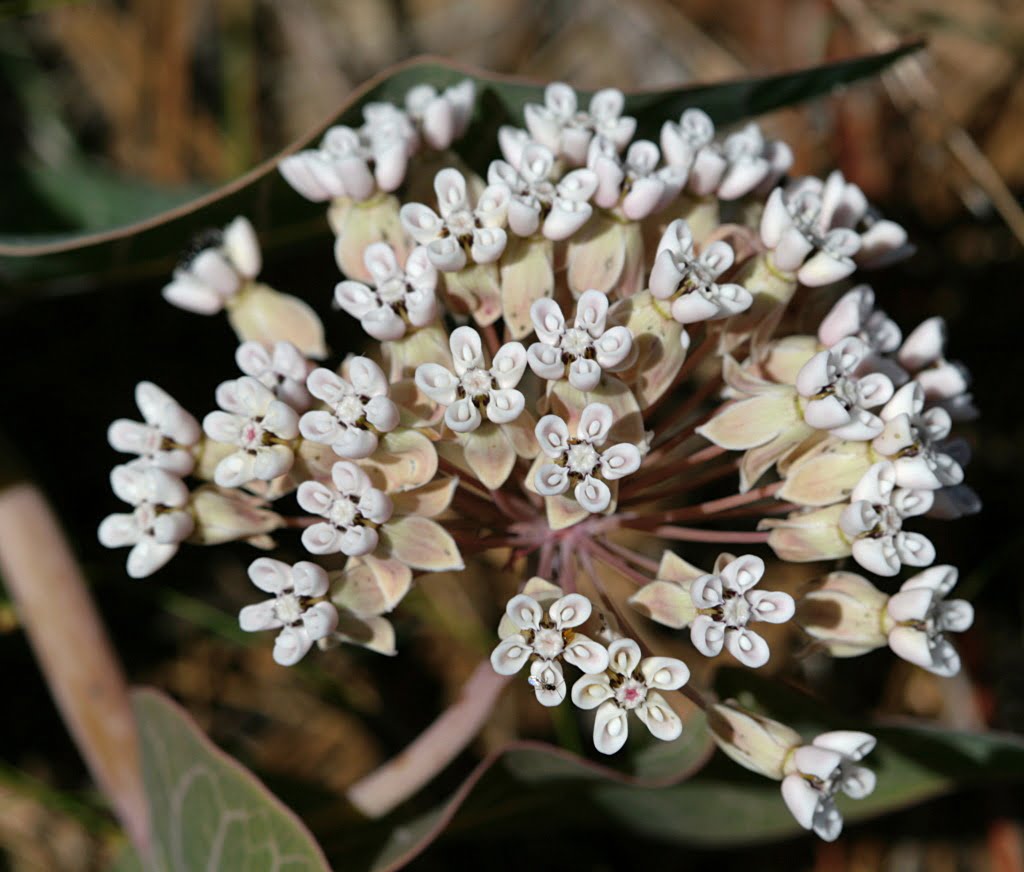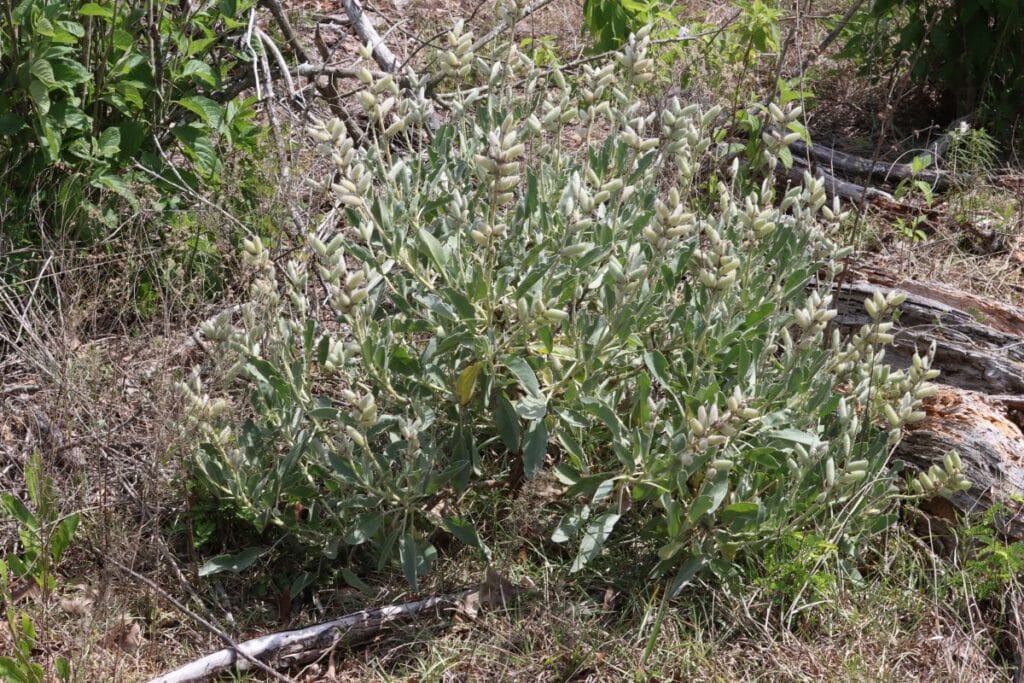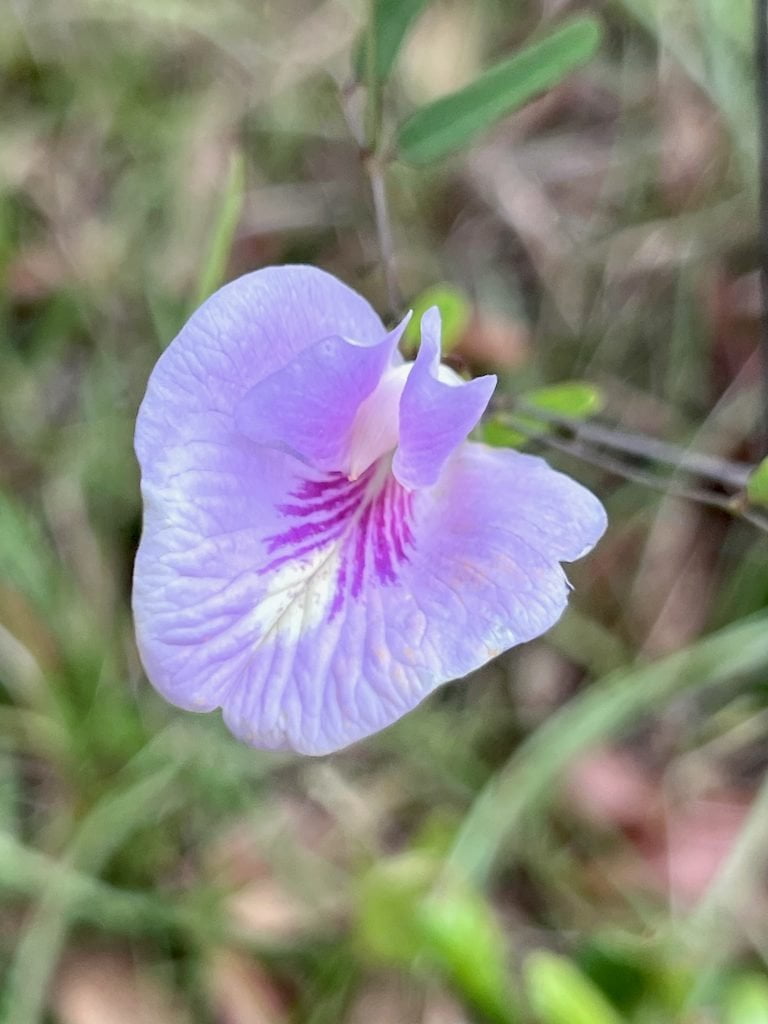Both “naturalized” and “domesticated” refer to plants that have been affected by human activity, but they are used in different contexts and have distinct meanings:
Naturalized
- Refers to non-native species that have been introduced to a new area and have established themselves in the wild without direct human intervention.
- These plants can reproduce successfully and maintain their populations over time in their new environment.
- They may spread in this new location, but they don’t necessarily have to be beneficial to humans.
- Naturalized plants can sometimes become invasive, outcompeting native species and disrupting local ecosystems.
Domesticated
Refers to species that have been intentionally altered by humans through selective breeding over many generations for specific desirable traits.
- Domestication often results in plants that are more beneficial for human consumption or use, such as increased fruit size, reduced toxins, or better resistance to pests.
- Domesticated plants often depend on humans for their survival and reproduction because they might lack the traits necessary to survive in the wild. For example, many domesticated crops have lost their ability to disperse seeds effectively without human intervention.
- Domestication is a more intensive process and involves a closer relationship between the plant and humans.

10 Sandhill Milkweed Seeds Ascslepias Humistrata Pinewood Milkweed Florida-Native
With Johnny Butterflyseed’s Sandhill Milkweed seeds, you’re not just planting flowers; you’re cultivating a living mosaic of nature’s marvels. 10+ Florida Native seeds.
Examples
Naturalized Plants in North America
1. Dandelion (Taraxacum officinale): Originally from Eurasia, the dandelion has become widespread across North America. It’s often considered a weed in lawns and gardens.
2. Tree of Heaven (Ailanthus altissima): Native to China, this tree is now found in many urban areas of North America. It can become invasive and displace native species.
3. Purple Loosestrife (Lythrum salicaria): Introduced from Europe, this plant can dominate wetland habitats and reduce biodiversity.
4. Kudzu (Pueraria montana var. lobata): Often called “the vine that ate the South,” kudzu is native to Asia but has spread rapidly across the southern U.S., covering trees, buildings, and other structures.
Domesticated Plants in North America
1. Corn (Zea mays): One of the most significant crops in North America, corn has been domesticated and modified for thousands of years by indigenous peoples before European contact.
2. Tomato (Solanum lycopersicum): While tomatoes are native to the Americas, the varieties we commonly eat today have been heavily domesticated and bred for specific traits.
3. Potato (Solanum tuberosum): Originally from South America, potatoes were brought to Europe and then back to North America, where they’ve been further domesticated.
4. Common Sunflower (Helianthus annuus): Native to North America, sunflowers have been domesticated for their seeds, which are used for oil and food.

10 Florida-Native Sandhill Lupine Seeds (Lupinus cumulicola) for U.S. Southeast
Sandhill Lupine, also scientifically known as Lupinus cumulicola, gathered on the Lake Wales Ridge, an ancient sand ridge in central Florida, this fantastic plant has unique traits that not only bring a unique aesthetic appeal but also play an essential role as a butterfly larval host plant. It is native to the southeastern United States, specifically in states like Florida, Georgia, South Carolina, and Alabama.
Conclusion
In summary, while both terms relate to human influence on plant species, “naturalized” refers to non-native plants that have successfully established themselves in a new environment, whereas “domesticated” refers to plants that have been intentionally bred by humans for specific traits over generations… one day at a time!

2 Sweet-Scented Pigeonwings (Clitoria Fragrans) Seeds – Florida Native – FL ONLY
Clitoria fragrans is a rare species of flowering plant in the legume family known by the common name pigeon wings, or sweet-scented pigeon wings. It is endemic to Central Florida and is listed as federally endangered. If you think you can grow one, then you can help Johnny on his mission to restore endangered species… one day at a time!
